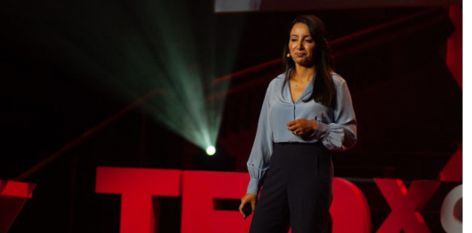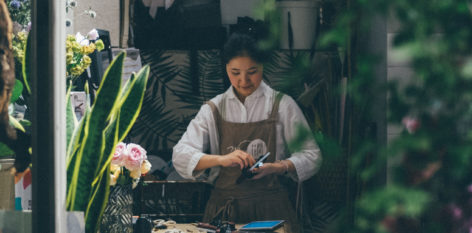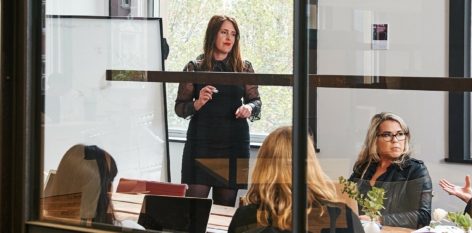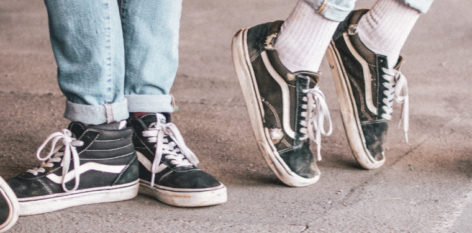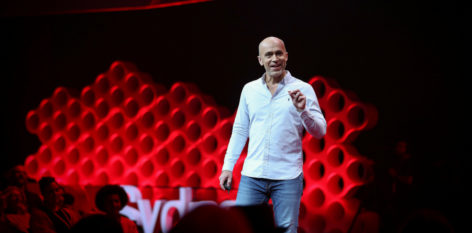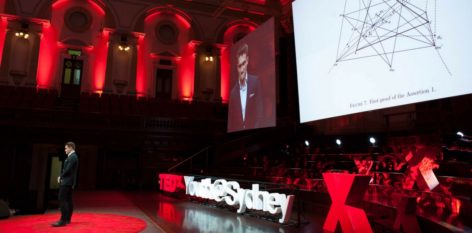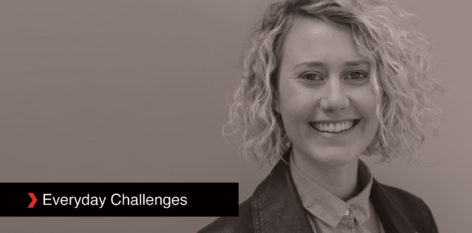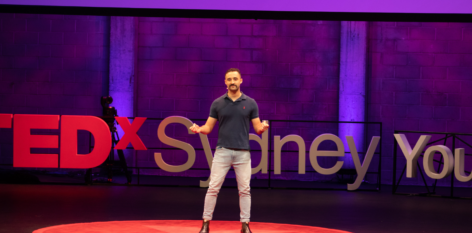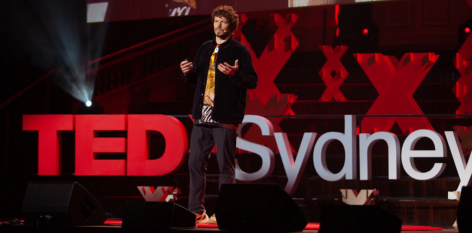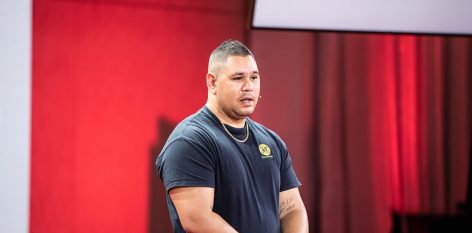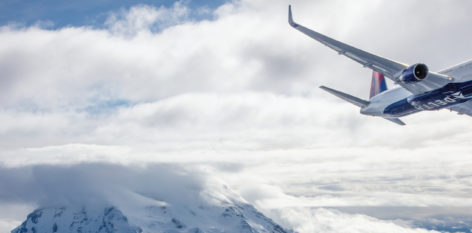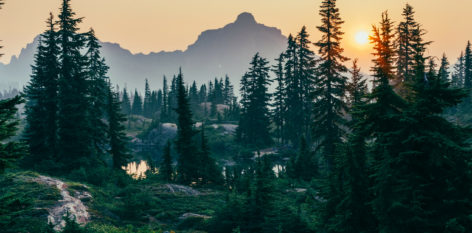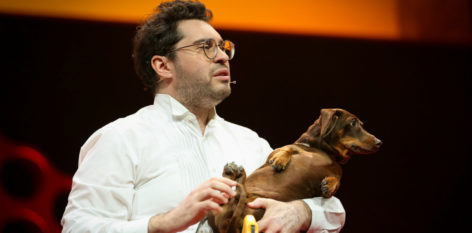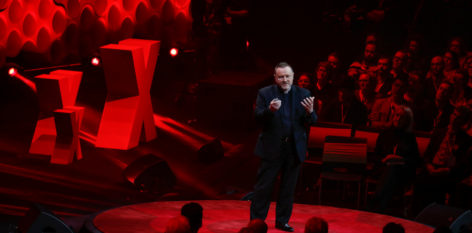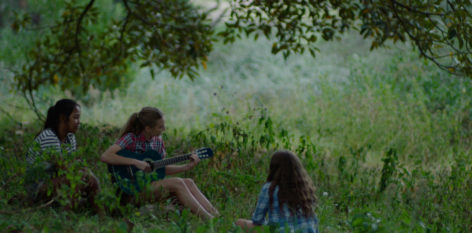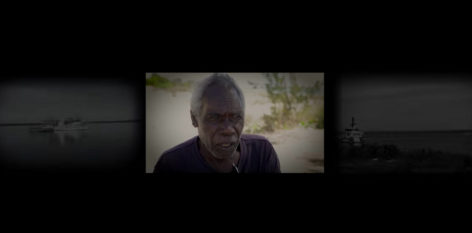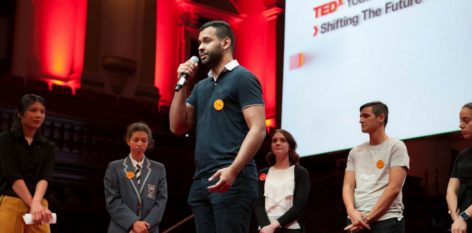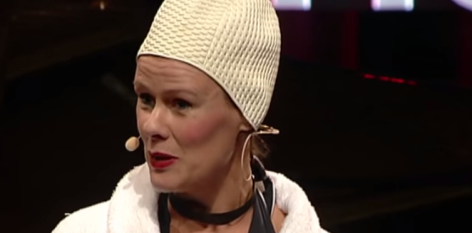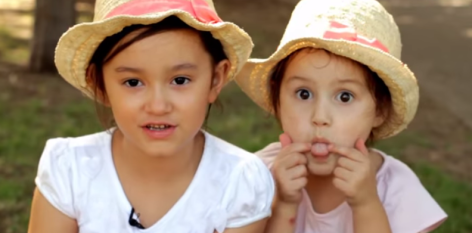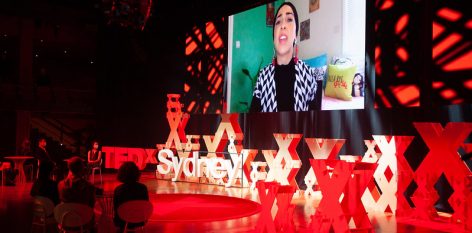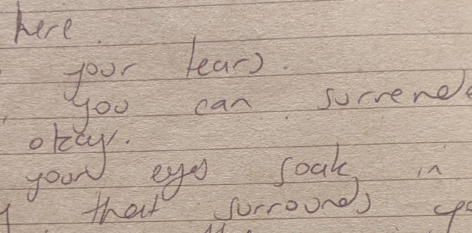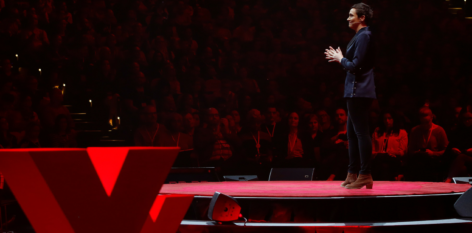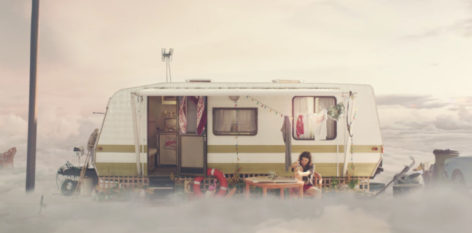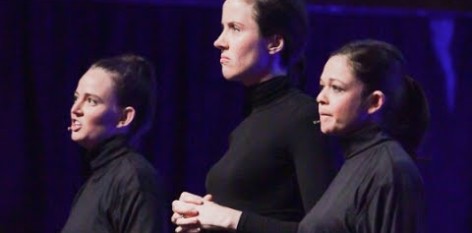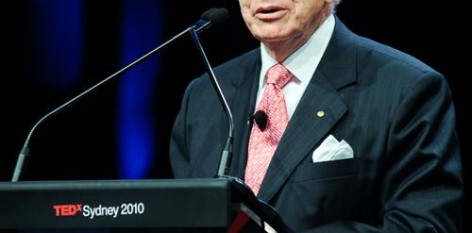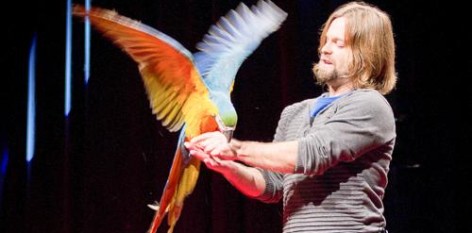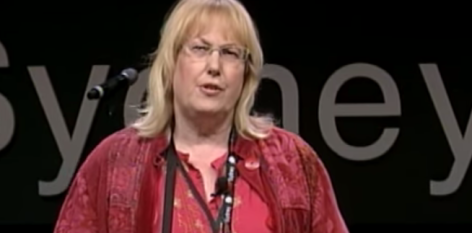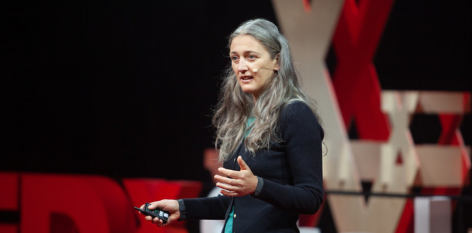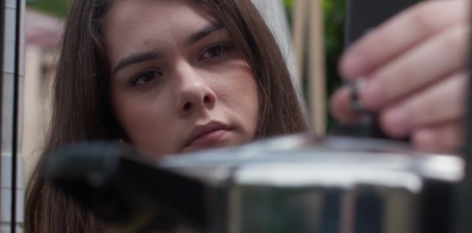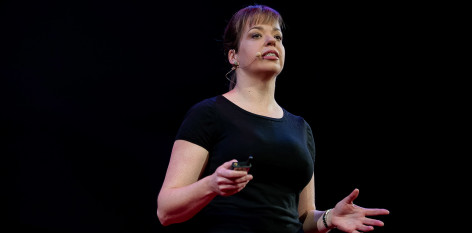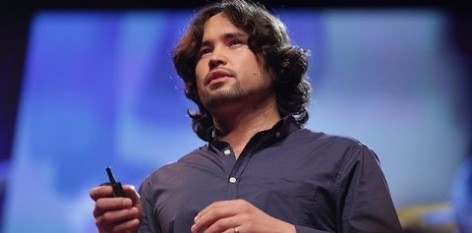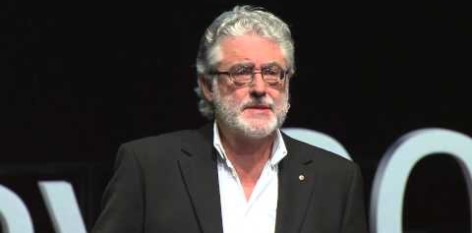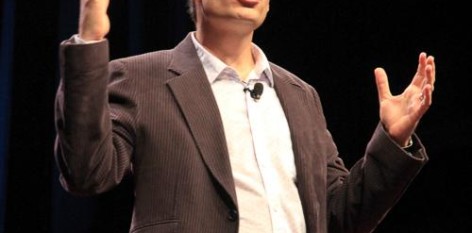It was December 9 when the Gospers Mountain megafire first blazed into our watch zone. I know because that’s when I started taking screenshots of the Fires Near Me app. I’ve taken a lot of them over this summer, which is not over yet.
I live with my partner and our dog in Blackheath in the Blue Mountains, west of Sydney, on Darug and Gundungurra land. We’ve always loved that our place is surrounded by bush. Our property borders the National Park, and this summer we really feel that edge. We are edgy. Drought has made the bush crispy dry: when I walk the dog, the dead leaves crackle underfoot. There’s only the one road in and out. We know what can happen, and we are properly spooked. This isn’t your regular bushfire. It’s a beast, and it’s coming. Our fire plan is to leave early, but we’re going to prepare the place as best we can.
With the Ruined Castle fire advancing from the south, and Gospers creeping down from the North, we get raking, removing the fuel load around the house. We take down the curtains, and across the insides of our windows, we tape giant Xs, that just might help keep embers out, if the glass cracks. We lay out the hoses and make sure the pump is good to go. We pack our cars with whatever we think might be a comfort, if the house burns. (It’s strange what we choose to pack. Flannies and sheepskin rugs seemed curiously important.)
I write a welcome/thank you note for the firies on a chalkboard. We look around and wonder if this is the last time we’ll see our place. It’s surreal. Leaving makes us anxious, but so does the idea of staying. Up here, it’s all smoke and lightning storms, sirens and helicopters. On the Great Western Highway, we see a convoy of fire trucks headed into Blackheath. We cancel hosting Christmas and head down the hill. In Sydney, we stay with friends or at Airbnbs that let us bring the dog. Harry is family.
We spend a week in the Big Smoke, breathing in the big smoke that’s choking the city. It feels weird to us down here. The sky looks like it’s the end of days and the air quality is shocking, but people are carrying on like things are normal. They are buying oysters and prawns and queuing to get their books gift-wrapped. It feels to us like we live in a different world.
The internet connects us to what’s going on at home. Social media groups adapt for the crisis, offering information and support. A lovely man called Bruce sets up a refuge in the community hall for anyone who has to evacuate or needs support. Every night Bruce does the rounds, checking in with the hard working RFS, Emergency services and National Parks people who are backburning, firefighting, patrolling for embers. Then he reports what he knows on the Blackheathens Facebook page. When we get back to the village, I recognise him at the Newsagents. I feel like I’ve met a superhero. Bruce would hate that, of course.
We discover it’s good to be back in our town, even with the threat of fire still looming, even with the eerie, apocalyptic skies. Our road is blocked off from the public, but residents are allowed through. Back here, we can actually do something. The fireground has been abandoned by RFS and Emergency Services – they’ve moved on to fight the next blaze. We fill big plastic drums and head down to the fire trail to pour water on the still smouldering earth. We leave sweet potatoes on bush tracks for the kangaroos and wallabies. Taking action feels good.
It doesn’t feel safe to sleep at home just yet. Friends put us up closer into the village centre. We get together to share stories and what we’ve read in the paper. People talk about BAL ratings and insurance, sprinkler systems and water tanks. About cultural burning and the climate crisis. Whether they might move away to Tasmania or back to the city. The dreadful loss of habitat for native animals. Possible extinctions. Greg Mullens, Ross Bradstock, Shane Fitzsimmons. The slow, limp responses to this national crisis from Canberra. There’s rage and grief, fight and flight, stress, and, always, that now familiar anxiety. In our friends’ kitchen, I’m draining the pasta when four fire trucks roar past the house. I’m refreshing the Fires Near Me app, but it’s not updating. I’m not sure if I would have dished up back in November, but now I’m seasoned. We eat in front of the ABC’s 7:30, watching NSW’s south coast go up in flames. Do not adjust your set. This is the new normal.
When the fires flared up on our street, it was the afternoon of New Year’s Eve. We were in Sydney at a party when we heard the ping ** of the fire emergency alert. A red diamond – out of control. Neighbours began calling to check we were safe and to tell us what they could. RFS trucks were all over the street. Helicopters were dumping water from the reservoir. The DC-I0 was there, dropping pink fire retardant. As the fire crept across the map, we were pretty sure our neighbour’s property was burning. (It was.) My partner Julie sat quietly listening to the scanner app, taking comfort from the calm, confident voice of the Canadian pilot. ‘That was a good drop.’ We love that pilot.
Driving back up the M4, we got a call from Peter from the RFS. They stopped the fire about 100 metres from our place on the Kinie-Ger fire trail. We are relieved, grateful and suddenly, so, so exhausted. What must all those people fighting the fires feel? I marvel at their strength and perseverance.
This fire season has been – and continues to be – an ordeal for all of us around the country. In the upper Blue Mountains, we’ve been lucky to have some rain and gentle mists, but when the fires go out, that’s not the end of the trouble. Business has tanked, because the visitors have stopped coming. Katoomba, Medlow Bath, Mt Victoria and Blackheath are tourist towns, where our local economy relies on visitors coming to spend time and money. We open our businesses up again and start campaigning for our customers to come back, hashtagging for people to bring their #emptyesky so they can #SpendWithThem – them being us.
As the mists have settled, I’ve felt the fog lift a little in my head. There is plenty to celebrate. Our place hasn’t burnt down. The lyrebird and the gang-gangs are back, and even bellbirds have started arriving from their burnt territory on the Bells Line of Road. On the Fairfax track at Govetts Leap you can already see new growth sprouting from the charcoaled trunks of eucalypts. Life goes on, here on the edge of the National Park, on the edge of our country.
As the sun sets behind Evans Lookout, some of us gather to drink a toast – to the firies, to our close-knit community, to survival. We know what we need to do now. We need to harness that spirit-of-the-blitz, all-hands-on-deck, everybody-pitch-in feeling. And we need to pledge to maintain the rage. Lest we forget the 33 people killed, the more than a billion native animals dead, and more than 80 percent of Blue Mountains World Heritage Area burned. This is not a crisis we can afford to waste.












